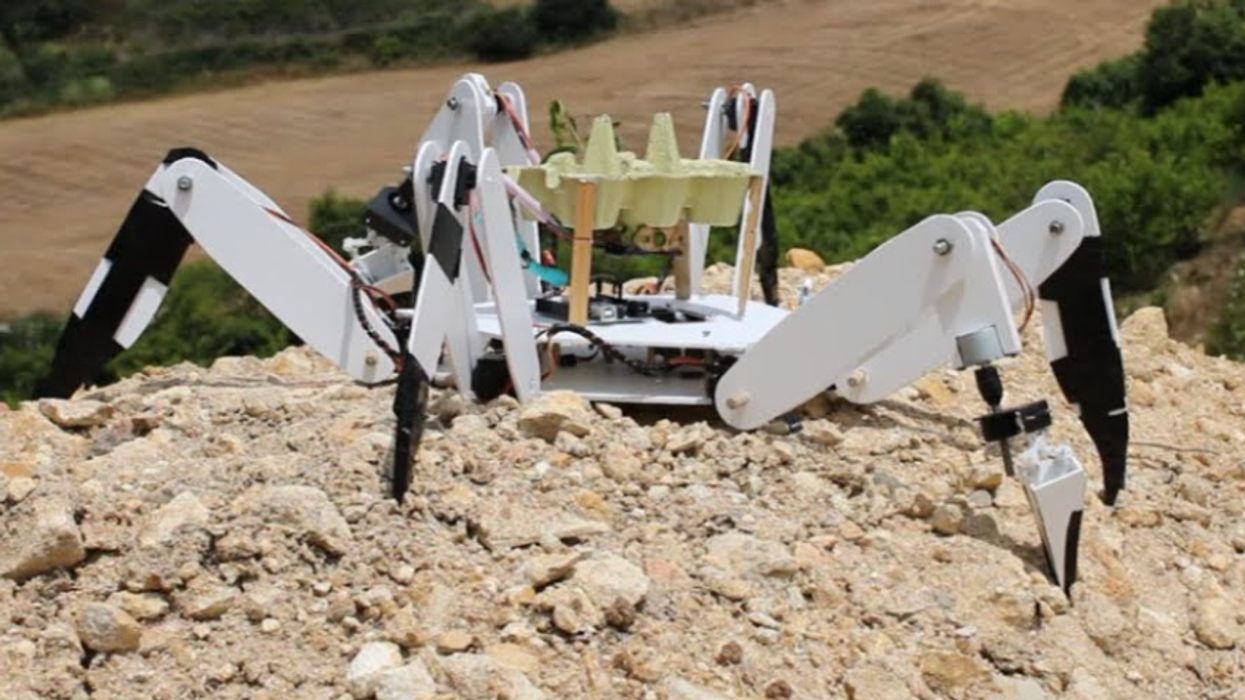On September 26, 1991, four men and four women, wearing bulky jumpsuits that resembled spacesuits, hiked to the foothills of Arizona’s Santa Catalina Mountains and reached a ziggurat glasshouse known as “Biosphere 2.” These individuals were participants in an experiment that people now remember as something “stranger than fiction.” By the end, the “biosphereians” ended up going mad. This ultimate lockdown and social-distancing experiment was stamped as a failure, yet it continues to teach noteworthy lessons about how to manage Biosphere 1 - the Earth, reported The New York Times.
The concept originated in the 1970s when John Allen and his colleagues brainstormed on a Mexican ranch. They envisioned merging ecology with technology to create a structure mimicking Earth's ecosystem—essentially a self-sustaining greenhouse for space exploration. Their plan to build an airtight environment for potential use on Mars or the Moon was announced in 1984, instantly sparking national interest. Media and experts alike were eager to see how it would unfold, with some calling it “the most significant scientific project of all time” and even suggesting it could “save the world.”
Over the next few years, they turned the desert ranch into a looming monument sprawling with enormous glass globes and pyramids that contained artificial oxygen, laboratories, rainforests, recycling systems, coral reef, and 3,800 species of plants and animals like pigs, chickens, bush babies, and hummingbirds. They were meant to grow food inside this ecosystem, and wastewater was meant to be recycled by the soil, where microbes would trap the bacteria and release purified water for the inmates. The team building this extraordinary ecosystem garnered support from a Texan oil billionaire Ed Bass, who became the chairman of the company “Space Biospheres Ventures.”
An evening before the mission, the team hosted a raunchy dance party inviting thousands of people to celebrate. On the following day, as eight people stepped inside the majestic glasshouse, they became media sensations. If this experiment turned out to be successful, Allen and his team hoped to build similar glasshouse biospheres on extra-terrestrial habitats like the Moon and Mars. It’d be a revolutionary progress in the field of science and technology. However, as days went by, the news seeping from the glasshouse was far from pleasant.

Within just a few days, a major problem emerged – food. Most food crops inside the glasshouse grew either too slowly or required too much labor. Although they had a lot of beetroot and sweet potato, just one cup of coffee took a fortnight to grow. Inhabitants were quickly losing weight due to calorie deprivation. Plus, two weeks into the experiment, a woman cut her finger while cooking. She went out to get her injury treated. When she returned, she was carrying duffel bags with supplies of things like computer parts and color films.
Growing food wasn’t the only challenge they were facing. The oxygen levels in the ecosystem were also declining rapidly, with carbon dioxide building up simultaneously. Earth’s atmosphere is about 21% oxygen, but inside the biosphere, it fell to 14.2%, per The Guardian. The members felt as if they were living at 14,000 feet. Soon enough, a truck arrived secretly and delivered fresh stocks of food and oxygen. The individuals were overjoyed.
Mark Nelson, who was among the eight-person crew, told HISTORY that things were going well up until this time. The Biospherians celebrated Thanksgiving with a feast of chicken, baked squash, and sweet potato pie, and toasted the winter solstice with rice wine. There was a lot of privacy, too, in case anyone needed it. They could slip inside one of the glass domes and be by themselves for as long as they wanted.
But as winters set in, clouds covered the sky and crops started deteriorating due to low oxygen. Hummingbirds and honeybees started dying while populations of ants and cockroaches began to explode. Soon, the atmosphere inside the glasshouse started to become hostile. Adding to the stress resulting from the swarms of people who hoarded in front of the geodesic dome to snap pictures of the inmates, as if they were captives, quarrels began to erupt among housemates themselves. People began to spit and throw cups at each other, reported The Guardian. But they survived. After this mission, a second Biosphere-2 mission was also organized in 1994, but it also ended up as a failure just after five months.

Fast forward to today, the eccentric episode of “Biosphere 2 experiment” might look like a fraud or failure, but it has important lessons to teach humanity about managing the ecosystem of planet Earth. The idea of an artificial biosphere is potentially plausible and could always be re-maneuvered for cosmonauts and astronauts in the future. But as for now, a 2021 documentary called “Spaceship Earth” captures the story of the eight-people experiment showing glimpses into some of the sinister scenes that unfolded inside the glasshouse that is now seen as a science research laboratory.



















 A road near equatorial Atlantic OceanCanva
A road near equatorial Atlantic OceanCanva Waves crash against rocksCanva
Waves crash against rocksCanva
 Older woman drinking coffee and looking out the window.Photo credit:
Older woman drinking coffee and looking out the window.Photo credit:  An older woman meditates in a park.Photo credit:
An older woman meditates in a park.Photo credit:  Father and Daughter pose for a family picture.Photo credit:
Father and Daughter pose for a family picture.Photo credit:  Woman receives a vaccine shot.Photo credit:
Woman receives a vaccine shot.Photo credit: 
 Image artifacts (diffraction spikes and vertical streaks) appearing in a CCD image of a major solar flare due to the excess incident radiation
Image artifacts (diffraction spikes and vertical streaks) appearing in a CCD image of a major solar flare due to the excess incident radiation
 Brady Feigl in February 2019.
Brady Feigl in February 2019.
 Yonaguni Monument, as seen from the south of the formation.
Yonaguni Monument, as seen from the south of the formation. 
